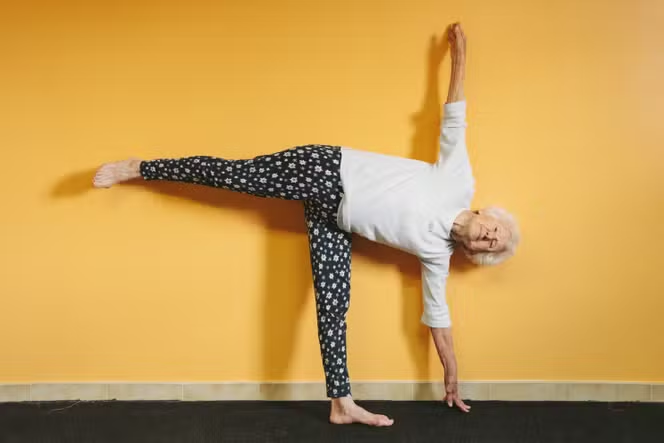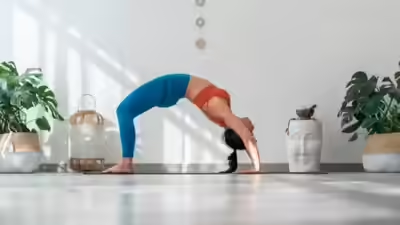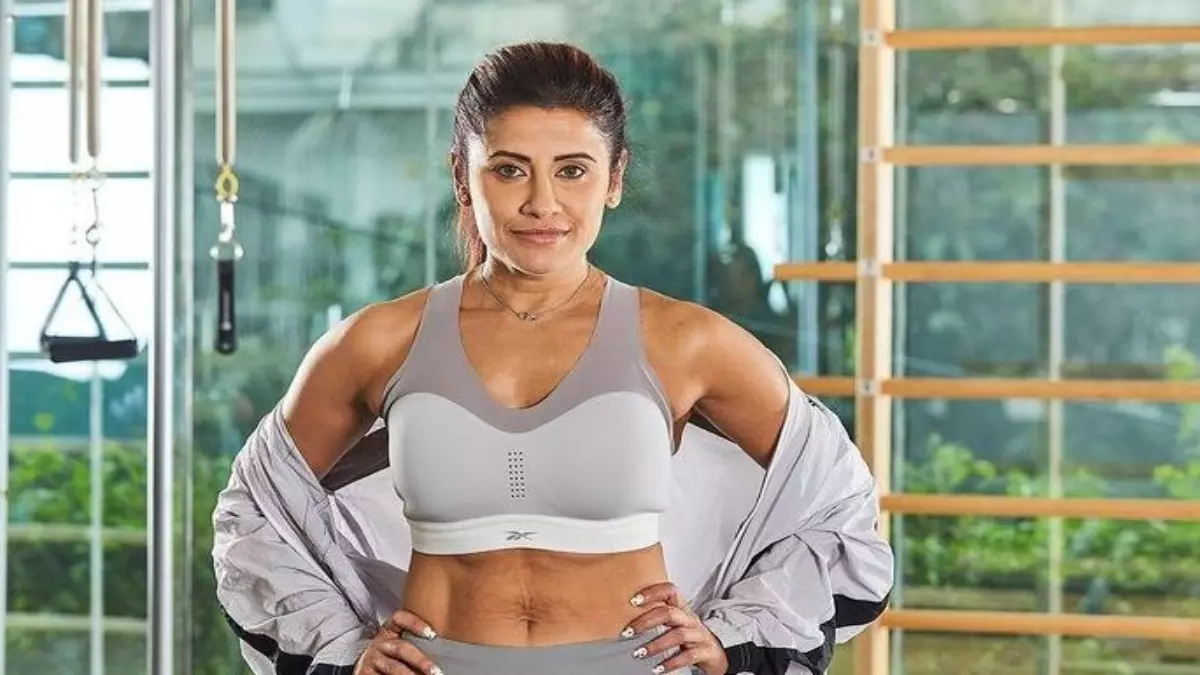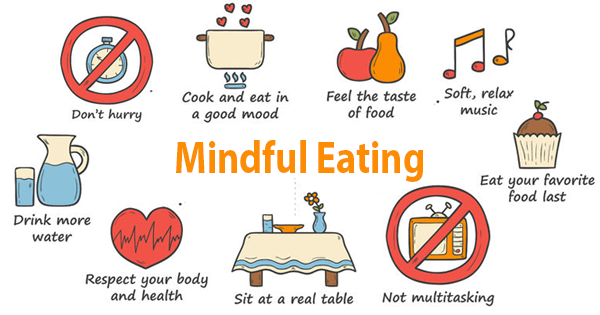Yoga Isnt as Heart-Healthy as You Think: For decades, yoga has been hailed as a holistic path to wellness — a remedy for stress, a way to build flexibility, and even a tool to protect heart health. But a new scientific review suggests that yoga may not be as effective as many believe when it comes to improving vascular health, a critical component of cardiovascular function.
According to a comprehensive study published in Advances in Integrative Medicine, traditional exercises like Pilates, Tai Chi, and high-intensity interval training (HIIT) outperform yoga in keeping arteries elastic and blood vessels responsive — especially among sedentary adults.
While yoga still offers significant health benefits, experts now recommend that it be supplemented with more vigorous forms of movement to provide complete cardiovascular protection.
Study Finds Yoga Falls Short in Vascular Health Benefits
The review, which examined multiple randomized controlled trials, crossover studies, and observational data, compared yoga with other forms of structured exercise among sedentary adults. The researchers focused on vascular function, a key indicator of heart health measured using ultrasound.
Vascular function refers to how efficiently blood vessels transport blood throughout the body. Their elasticity and responsiveness are crucial for preventing hypertension, plaque buildup, thrombosis, and heart attacks. Prolonged sitting and sedentary behavior weaken this function, increasing cardiovascular risk.
The study found that while yoga does offer some benefits, its effects on vascular health are less pronounced and less consistent than those of conventional exercise.
“Think of blood vessels like flexible garden hoses. If they stiffen, the risk of heart attacks and strokes increases,” explains Dr. Leena David, a co-author of the study and a lecturer in medical diagnostic imaging at the University of Sharjah.
“Our research shows that structured exercise keeps those hoses flexible, while yoga provides some benefits but not as reliably. Middle-aged and older adults often notice improvements from yoga, but younger adults might not.”
The Global Relevance: Millions May Need More Than Yoga
The findings have major implications for public health. With an estimated 300 million people worldwide practicing yoga and more than 620 million affected by cardiovascular disease as of 2023, the results suggest that many may not be getting the full heart-protective benefits they expect.
The researchers concluded that traditional exercise modalities — including Tai Chi, Pilates, and HIIT — consistently outperform yoga in improving vascular function, particularly for those leading sedentary lifestyles.
Why Type, Intensity, and Consistency Matter
While any movement is better than none, the type and intensity of exercise make a significant difference to vascular health. High-intensity or resistance-based activities cause blood vessels to expand and contract more dynamically, improving their elasticity over time.
“Even simple routines can make arteries more resilient. Blood vessels have a memory — and every workout helps them forget the damage of sitting all day,” says Dr. David.
She describes prolonged sitting as “the new smoking — silent, sneaky, and stealing years from your arteries,” adding that “movement is the perfect antidote.”
Yoga’s Role: Still Valuable, But Not Sufficient
Despite its limitations in vascular function, yoga remains a valuable component of a healthy lifestyle. It improves flexibility, reduces stress, enhances balance, and lowers blood pressure — all of which indirectly support heart health. Moreover, yoga’s accessibility and deep cultural roots make it an excellent entry point for people who are new to physical activity.
However, experts caution that those seeking optimal cardiovascular protection should pair yoga with more vigorous forms of exercise.
“Yoga has deep cultural roots and shows promise as an inclusive, accessible health intervention,” Dr. David notes.
“At the same time, the fitness and digital health industries can leverage these insights to develop structured exercise programs and technology-driven solutions for sedentary populations.”
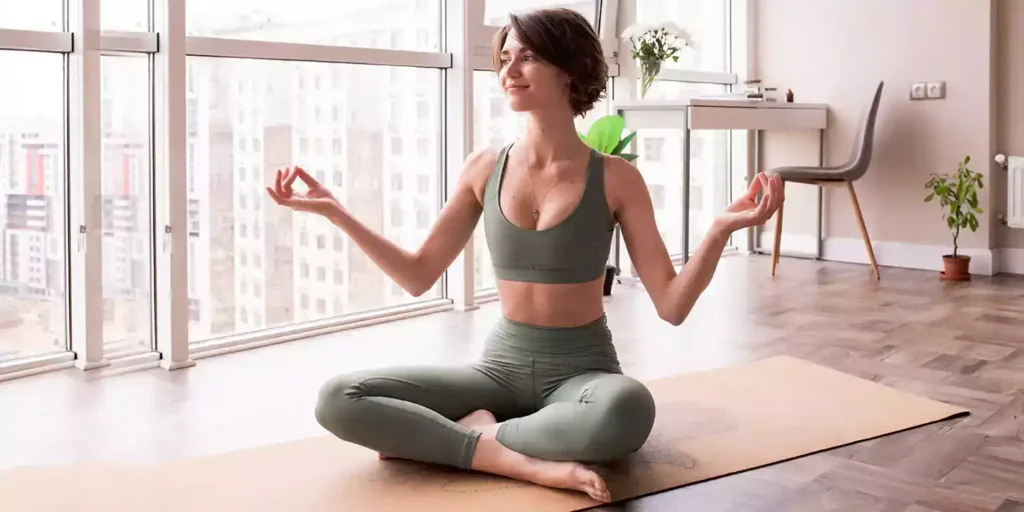
What This Means for Your Fitness Routine
For individuals aiming to protect their heart health — especially those with sedentary jobs or risk factors like high blood pressure or cholesterol — a combination approach is ideal.
Consider incorporating:
- High-Intensity Interval Training (HIIT): Short bursts of intense activity improve arterial flexibility and cardiovascular endurance.
- Pilates and Tai Chi: These low-impact exercises strengthen the core, improve circulation, and enhance vascular responsiveness.
- Brisk Walking or Cycling: Regular aerobic activity boosts blood flow and vascular elasticity.
Pairing these activities with yoga can create a balanced fitness routine that addresses both physical and cardiovascular needs.
Conclusion: Movement Is Medicine — But the Right Kind Matters
Yoga remains a valuable tool for mental and physical wellness — but when it comes to vascular health and heart protection, it may not be enough on its own. The latest research highlights that type, intensity, and consistency of movement are crucial.
While yoga can serve as a foundation, structured, vigorous exercises should be part of the equation to keep arteries flexible and reduce the risk of heart disease. As Dr. David puts it, “Forget the fitness goals — this is about protecting your body’s internal GPS system that keeps you alive.”
FAQs
1. Does yoga improve heart health at all?
Yes. Yoga can lower blood pressure, reduce stress, and improve overall circulation. However, its impact on vascular elasticity — a key factor in heart health — is less significant than that of structured exercise like HIIT, Pilates, or Tai Chi.
2. Should I stop doing yoga?
Not at all. Yoga remains an excellent part of a balanced routine. The key is to supplement yoga with more vigorous activities for optimal cardiovascular protection.
3. Which exercises improve vascular function the most?
Activities like high-intensity interval training (HIIT), brisk walking, cycling, Pilates, and Tai Chi have consistently shown stronger effects on improving blood vessel elasticity and responsiveness.
4. Why is vascular function important?
Healthy vascular function ensures efficient blood flow, reduces strain on the heart, and lowers the risk of hypertension, stroke, and heart attacks.
5. Can older adults rely solely on yoga?
Older adults may experience some benefits from yoga, but incorporating light aerobic exercise or resistance training can further enhance cardiovascular outcomes.

I am the founder and writer of Healthwali.com. Here I personally publish every update, Fitness and Yoga guide , read more for you – that too in easy language.

